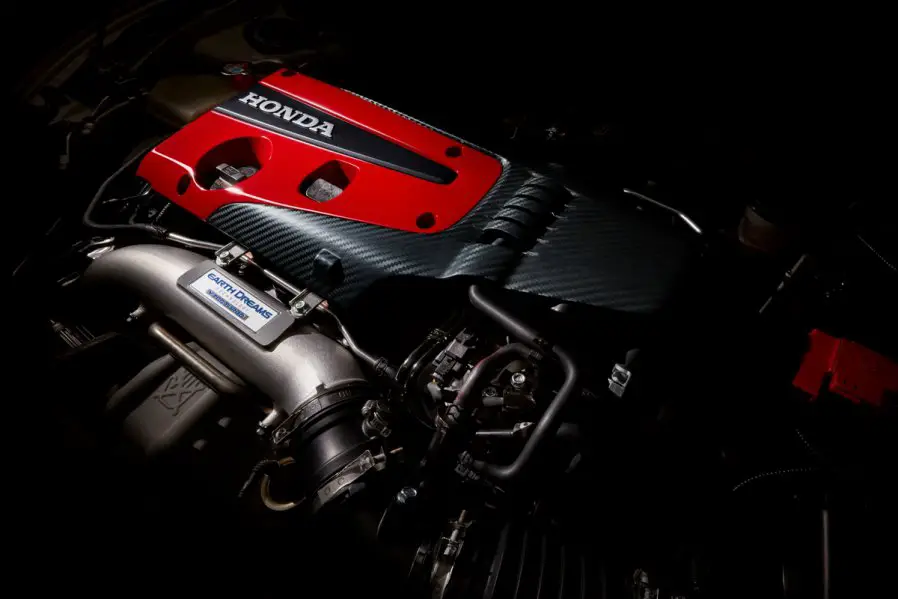When car manufacturers release a limited edition run of a certain car or there is a car in high demand, dealerships will more than likely add a dealer markup to exploit consumer surplus.
Consumer surplus is defined as the difference that a person is willing to pay for an item versus what they actually pay. For example, I would be willing to pay up to $700 for a brand new set of Buddy Club P1 wheels. Password JDM is selling them for $600 (let’s assume there are no tax and shipping costs.) My consumer surplus would be $100. The job of the store is to price a good to eliminate consumer surplus, but that’s not always easy nor is it possible to theoretically get $0 left of consumer surplus for each and every customer.
In basic terms, there is a demand and supply for a car. For cars, the demand curve for a car follows what a traditional demand curve looks like. Let’s say Honda priced the Civic Type R at $10,000, there would certainly be lots of potential buyers, but there would not be enough supply since Honda is not willing to dilute the market with so many Civic Type R’s. If you priced the Civic Type R at $100,000, there would be few buyers as potential buyers would go to substitute cars to satisfy their fix like the Ford Focus RS and Subaru WRX Sti. As mentioned, you’d probably get a handful of buyers willing to spend that much based on the exclusivity alone or their just big fanboys of the brand. Nothing wrong with that.
The supply curve for the Honda Civic Type R also follows a traditional supply curve. If theoretically Honda could price their Civic Type R above $35,000 and there would be people willing to buy it, they would.
Honda UK and the managing director at their Swindon Factory has already told media that 6,000 Honda Civic Type R’s will be earmarked for the United States. In addition, Honda set an MSRP of $34,990. Therefore, the supply curve is pretty much a straight line. Honda may make a handful more units, but it looks like, as it stands, there will only be 6,000 units overall.
Then we have the demand. The hype behind the Civic Type R is huge. The United States never got the Honda Civic Type R ever since it was introduced back in 1997 with the 6th generation Honda Civic. In those 20 years, a car culture, spurred on by popular media and trends, found its roots in the desire to have what you can’t get, rare JDM goods. Simply put, demand is high for this car.
At its heart, the Honda Civic Type R is a Civic meant for the track. It’s an economy car with the heart of a race car. It should be priced as such. Therein lies the rub. Honda priced it at $34,990, but according to how they’re actually selling, they could’ve priced it much higher.
In a purely economic sense, Honda priced the Honda Civic Type R inefficiently and left behind, as mentioned, a consumer surplus. For those lucky buyers who bought the Honda Civic Type R at $34,990 but we’re willing to pay a couple thousand more, they are enjoying a consumer surplus. From firsthand experience and a cursory look at this dealer list of prices Civic Type R’s are actually selling, there seems to be a dealer added markup of between $5,000 and $8,000 added to the MSRP that actual buyers aren’t all that shocked that they had to pay that much. While the MSRP is $35,000, the most efficient price probably is around $42,000 or so.
It’s hard to blame a dealership for not taking advantage of this consumer surplus. Then again, when some dealerships are selling their Honda Civic Type R’s at MSRP, it’s easy to see why some potential buyers are upset at ADM. I reported earlier last week that some dealerships are even tacking on $20,000.
Angering customers does have some negative effects. For one, it reflects poorly on the brand. Honda wants the Honda Civic Type R to be affordable and have priced it as such. Additionally, a dealership may earn a bad reputation for taking advantage of the customer. But in the end, dealerships are willing to test how far they can go before getting reprimanded. In Canada, some dealerships can’t even add markups, thank God.
Taking advantage of a consumer surplus is just good economic sense. But taking it to far and really exploiting a demand with a heinous price is just unreasonably excessive. And this being the Internet, people will call you out on it.





[…] this month I wrote about how dealerships can routinely exploit consumer surplus, a prime example being this Honda Civic Type R, but to exploit it to the degree that you’re […]
Yes, I want the Civic R but why pay $8-10k over invoice when you can buy a nice 997.2 Porsche with 30k miles for the same price? Honda needs to meet the production demand or people like me will shop another brand. Maybe they are losing money on these cars?